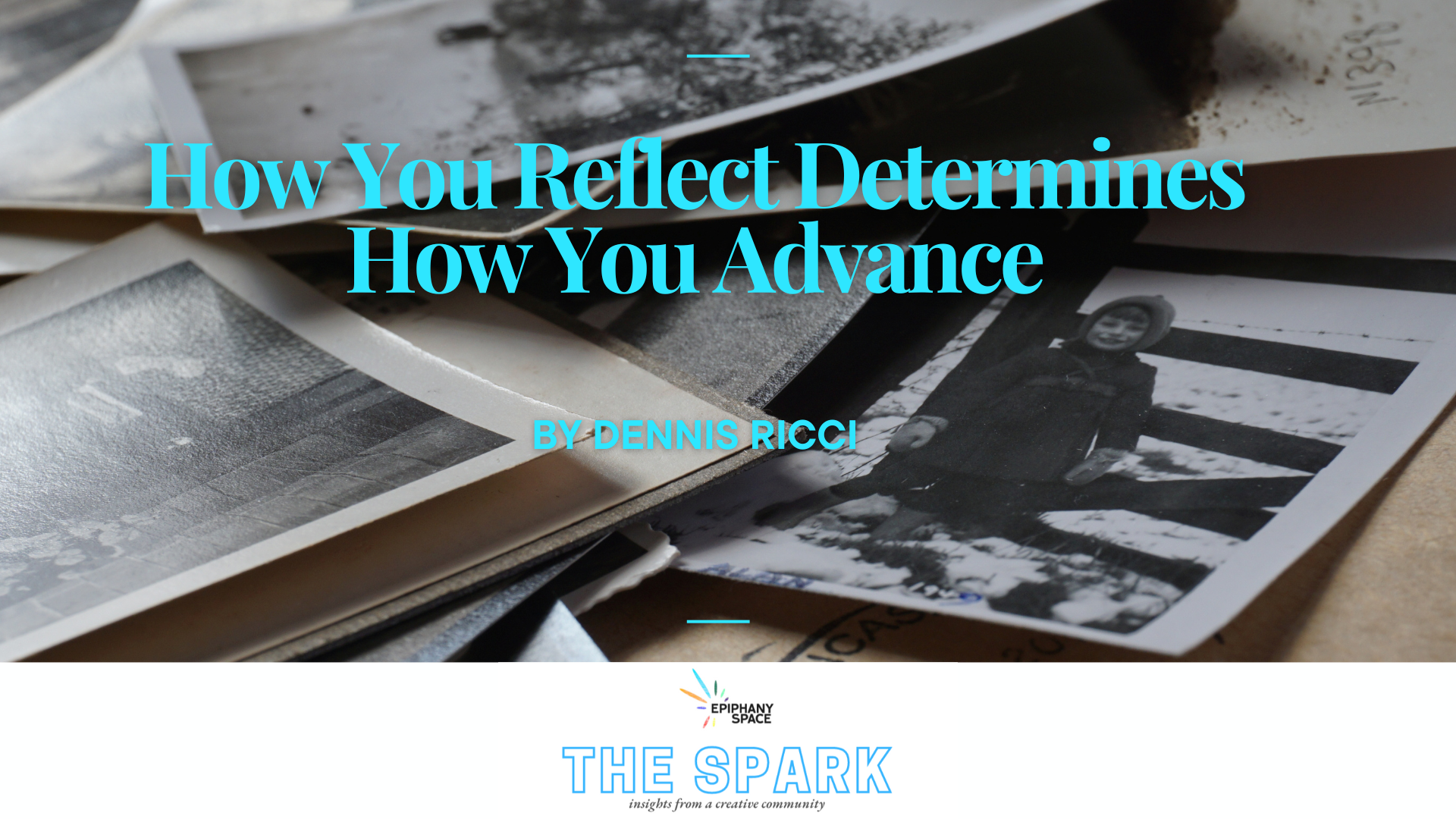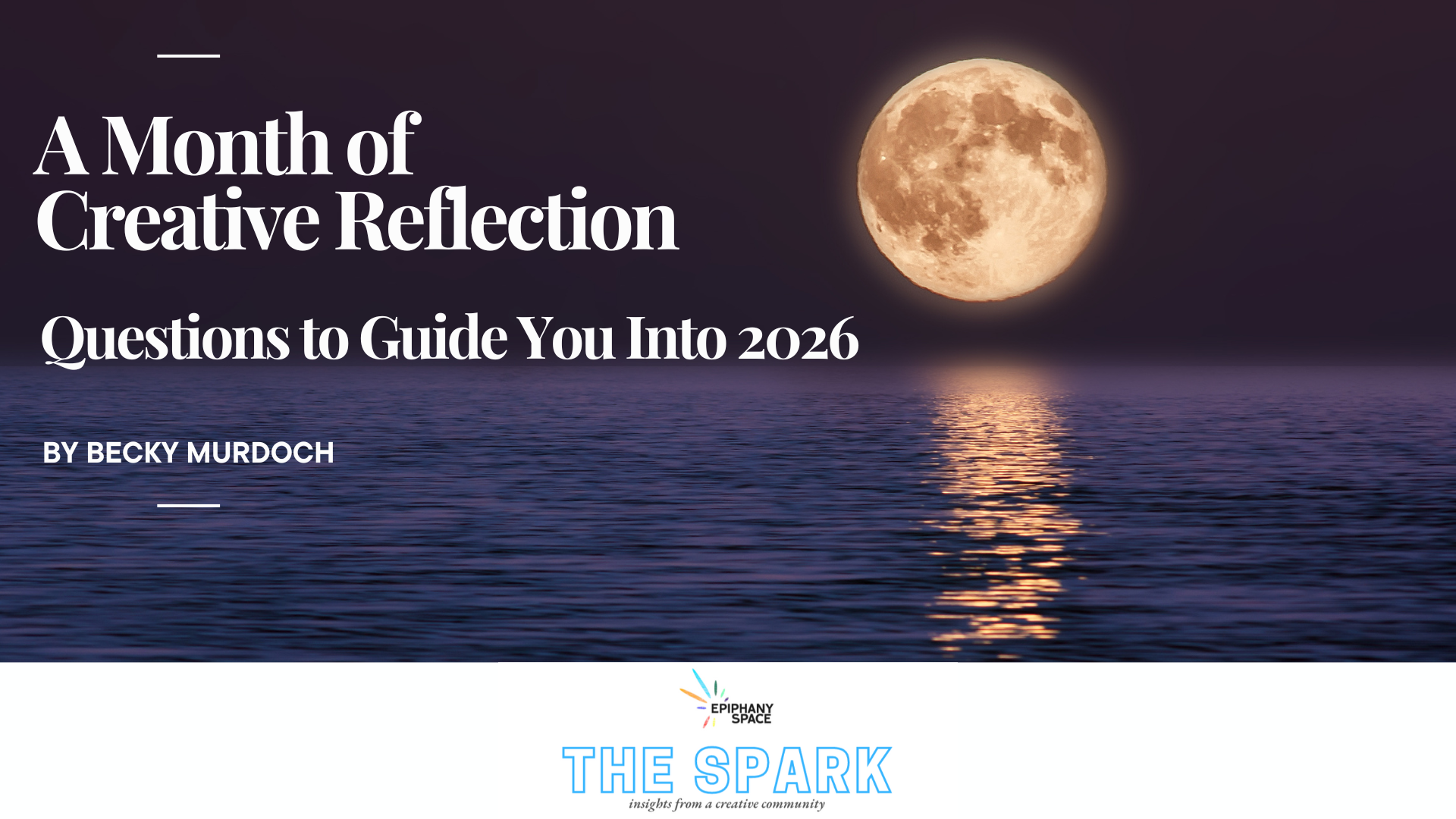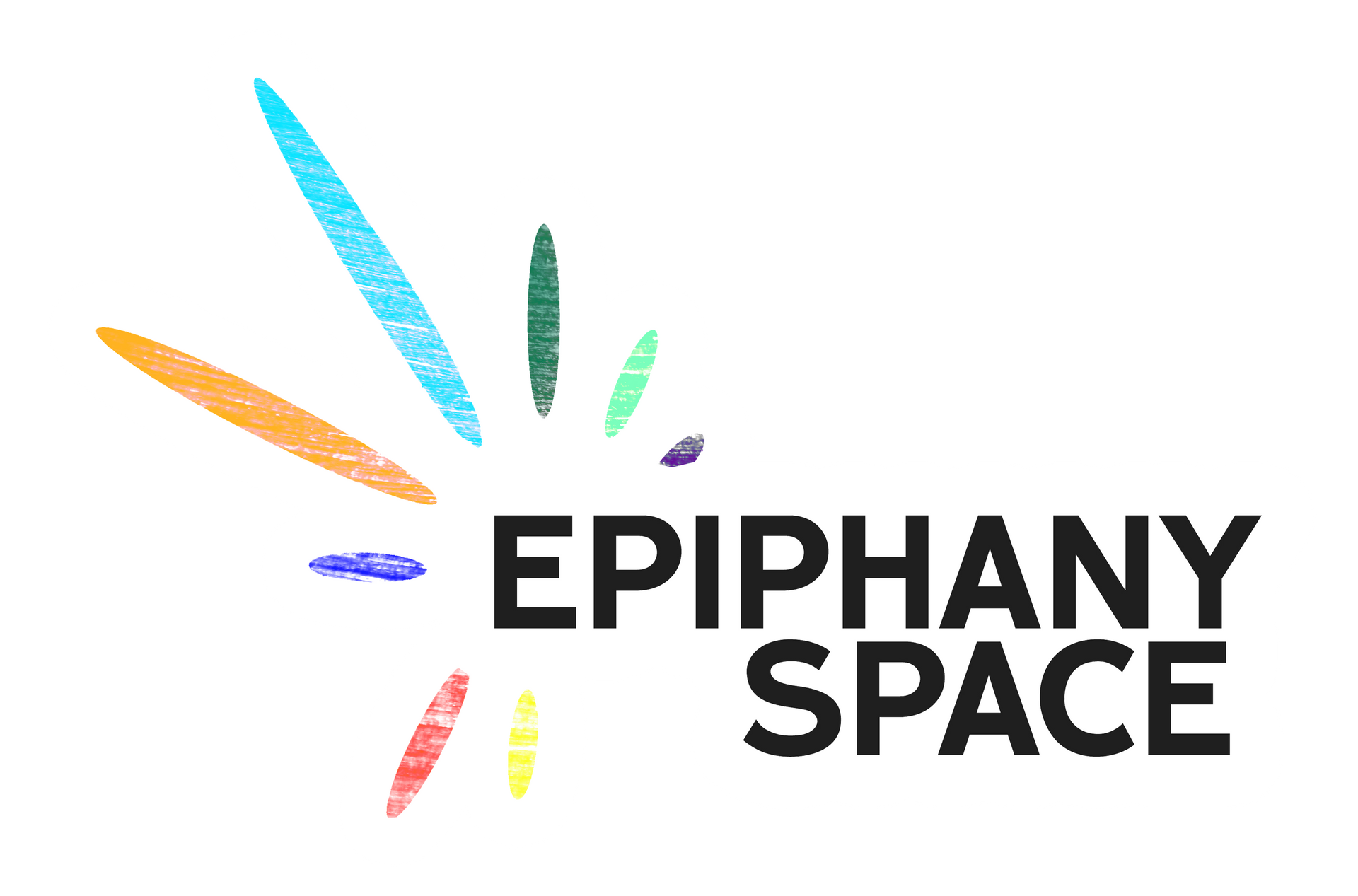Article
Jake Thomas | Filmmaker
Jake Thomas
Filmmaker
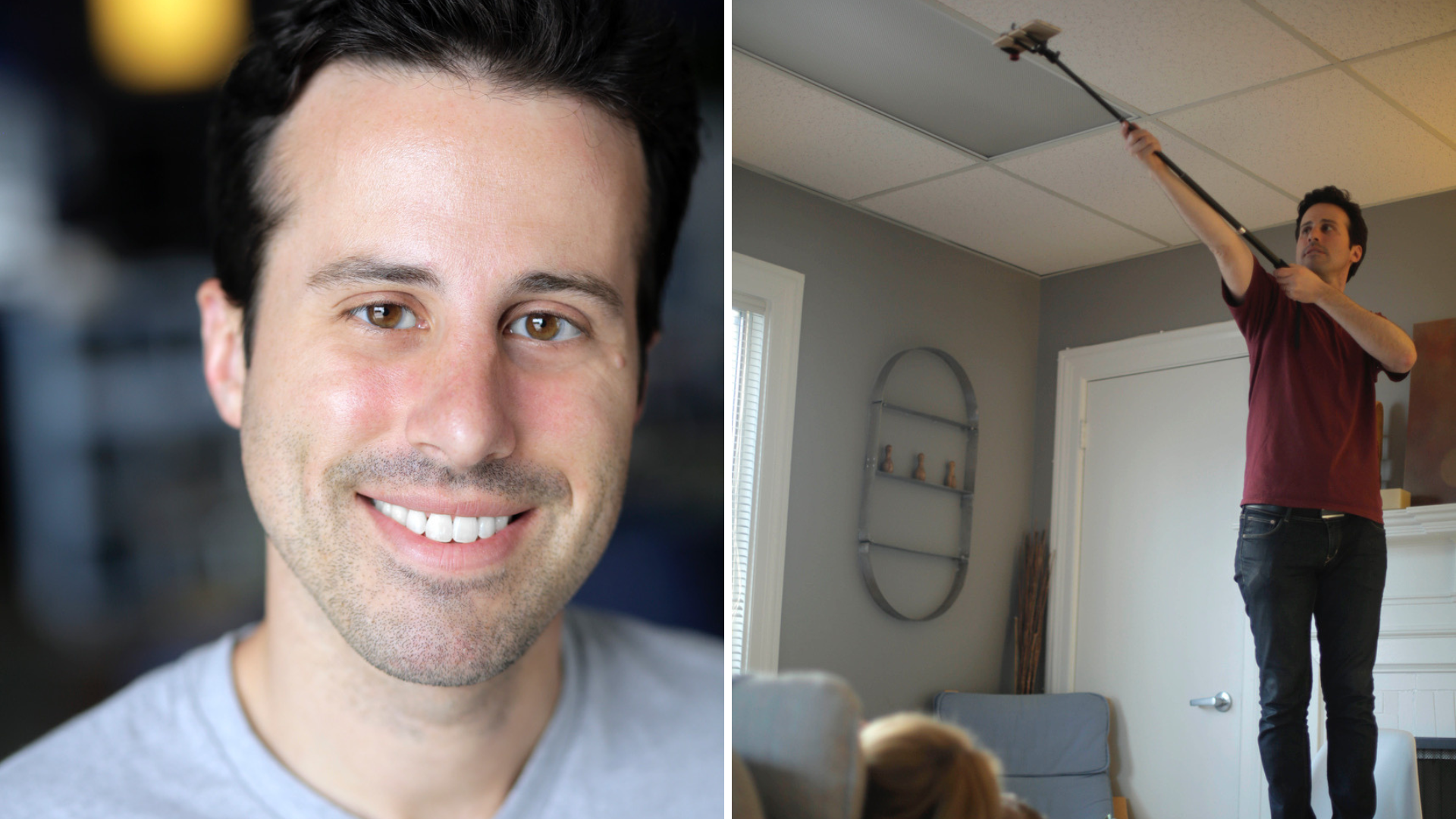
You have been around Epiphany Space since the beginning, right? Can you tell us how you got involved?
I got involved with Epiphany Space when founder Melissa Smith would invite folks to come work or hang out at her apartment. I also volunteered as a crew member for the original fundraising video and got to MC the opening of the very first co-working space in Hollywood.
Tell us a little bit about how you got started as a filmmaker. What made you first decide to get into film?
My interest in filmmaking started as an interest in magic and illusions. When I was a kid, I wanted to be a stage magician. I had magic trick kits and my own plastic top hat. Then I watched TV specials that revealed how movies made special effects. Watching people film models made me want to film my toys, and I realized that there was no greater magic trick than movies.
Your website says you first picked up a camera at the age of six. Do you remember what that first project was that you filmed when you were six? What can you tell us about it?
The first movie I made when I was six was a Return of the Jedi sequel that my family filmed in our backyard. Earlier that year, I had seen a G.I. Joe movie that my cousins had filmed at their house. I thought, “I can do that!” We filmed the movie in an afternoon. It’s six minutes long, has no special effects or music, and features us running around in our pajamas while making laser sound effects with our mouths.
Tell us a little bit about your feature film, Shedding. Where did the idea come from? What was the process of making the film like?
Shedding came from a desire to make a film with available resources and materials. It also started with my cat. He was preoccupied with wanting to go outside, even though he doesn’t like it when we take him outside. I started filming him doing different actions, using new apps on my phone, and I realized I could edit moments filmed months apart to create story beats — continuity is not a problem with pets. So I did this for two years and cut together the opening of the movie. Once the story developed into a fairy tale, I approached the actors with just a broad summary of the story and the footage I had shot to communicate the tone. To my delight, they were down to clown!
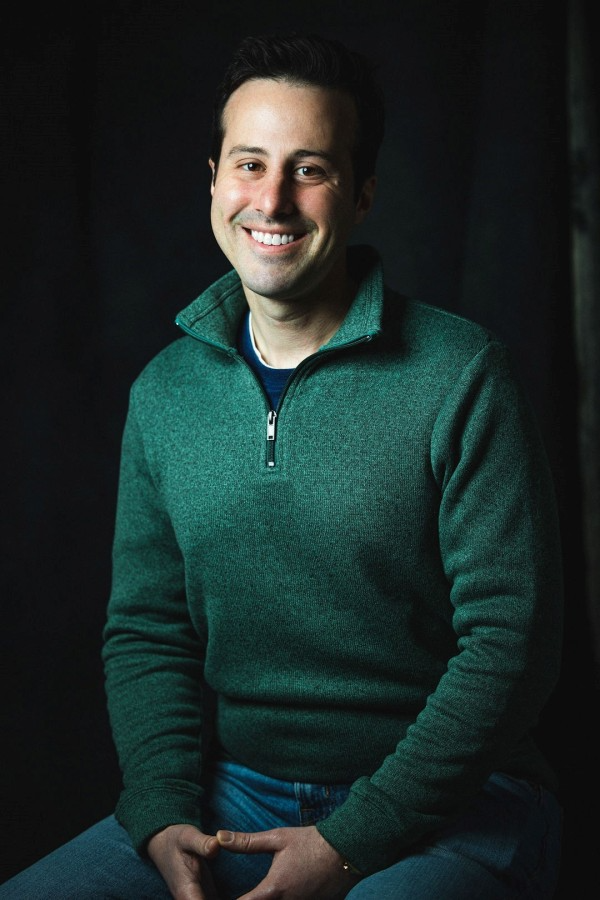
Your wife, Erin Brown Thomas, is also a talented and accomplished filmmaker, and you frequently work on one another’s projects. What’s it like working together? Do you feel your individual styles complement one another?
The pandemic led to my wife and I working more intently on projects together, because I was suddenly home and had time to spare. Our usual routine these days has been to spend mornings at our neighborhood coffee shop eating avocado toast and talking about a script she’s working on. Just any aspect of the characters or the structure that needs to be addressed. We have a similar sense of humor, and we don’t get easily offended, so we have fun story sessions.
What have you got in the works next?
I’ve transitioned from writing spec features to writing spec pilots. Streaming has blown the roof off of just how much TV content can be made because the old restrictions are gone — "X amount of channels have X amount of daily airtime on their schedule” just does not factor anymore. Plus, I think audiences today gravitate more toward long-form storytelling. They like stories they can feel they’re a part of and create communities around. The online watercooler talk around Disney+ shows that dropped weekly really showed the benefit of drawing out the story, rather than Netflix’s habit of dropping a whole season at once.
What’s your dream project? No budget restrictions, any actors you want, complete creative freedom... What story do you tell, and how do you tell it?
My dream project is a TV series based on the comic book industry during the 1960s. I wrote a spec pilot for it called American Way, and it’s gotten recognition at a few key competitions.
And lastly, what advice would you give to up-and-coming filmmakers?
If you want to make movies, you can do that from anywhere in the country. The biggest blockbusters are made in Atlanta. Don’t feel you have to move to Los Angeles to hone your creative voice, because a lot of the influences that made you want to create in the first place may suddenly be taken away from you. If you want to make TV, you’ll eventually want to make your way out to Los Angeles, because the infrastructure is so established here. But to start, you can write and submit to contests from anywhere in the country. When you do move to the city, have an envelope with $100 cash labeled “My First Parking Ticket," and save it for when you have to pay for that very thing.


